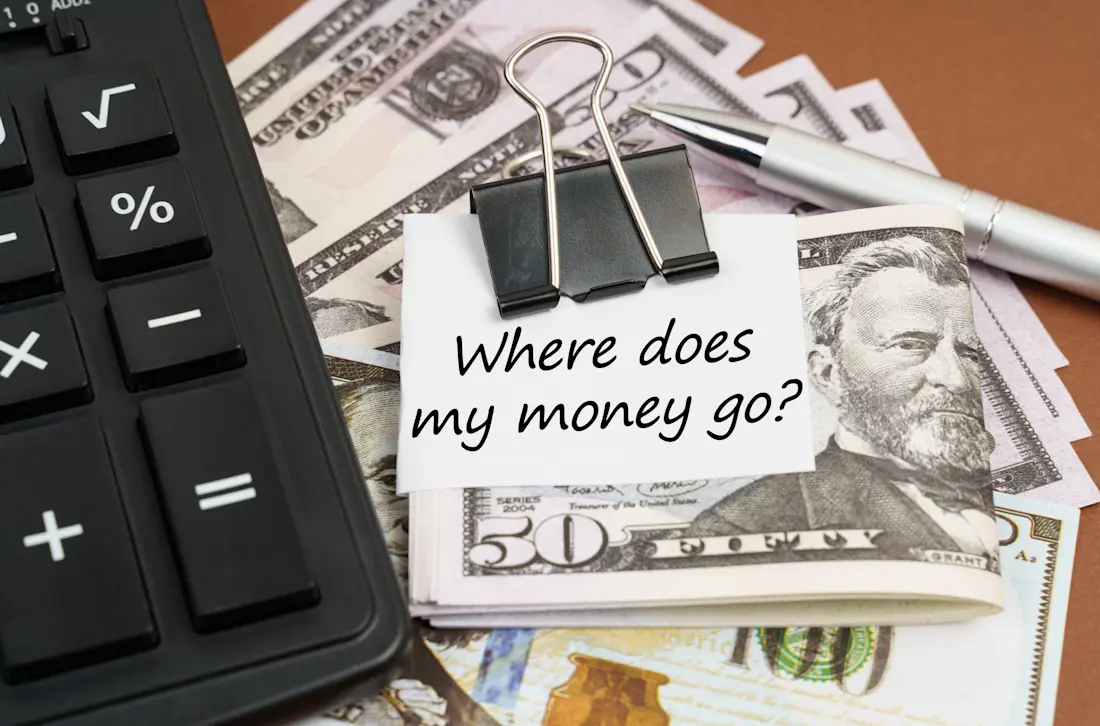Unlocking the Psychology Behind Your Spending Habits
What Are Money Triggers and How To Recognize Them

Ever found yourself mindlessly swiping your card or adding items to your cart, only to later wonder, “Why did I even buy that?” You’re not alone. Spending triggers are powerful psychological and emotional cues that drive our financial behaviors—often without us realizing it. This blog post is inspired by insights from My BPD, My Money a resource dedicated to helping individuals understand and manage their financial habits. A money trigger is anything that influences your spending behavior, whether it’s an emotion, environment, or social pressure. These triggers often lead to impulse purchases, overspending, or financial decisions that don’t align with your long-term goals. The Three Major Types of Money Triggers
🔹 Environmental Triggers 🔹 Social Triggers 🔹 Emotional Triggers
Environmental Triggers:
Ever walked into Target for “just one thing” and walked out with $100 worth of stuff? That’s an environmental trigger at work.
✅ Shopping malls & online stores – Retailers design spaces and websites to encourage spending (think sales, free shipping thresholds, and "limited-time offers"). ✅ Having easy access to your payment methods – If your credit card is saved on your phone, you’re more likely to make impulsive purchases.
How to Manage Them ❌ Remove saved credit card details from online shopping platforms. ❌ Avoid "browsing for fun"—only shop with a clear list.
Social Triggers:
We're wired to fit in- which is why social triggers play a huge role in our spending habits.
✅ Keeping up with friends or influencers – Seeing someone else’s latest purchase can make you feel the need to upgrade. ✅ Group spending expectations – Dining out, group trips, and splitting bills can pressure you into spending more than planned.
How to Manage Them ❌ Stop comparing yourself to others—their financial situation isn't yours. ❌ Set boundaries—it’s okay to say “That’s out of my budget.”
Emotional Triggers:
Emotions are one of the biggest drivers of financial behavior. Many people spend to cope with stress, anxiety, boredom, or even happiness. ✅ Retail therapy – Buying things to boost mood after a bad day. ✅ FOMO (Fear of Missing Out) – Feeling pressured to spend so you don’t “miss out” on an experience.
How to Manage Them ❌ Pause before purchasing – Ask, "Am I buying this because I need it, or because I feel a certain way?" ❌ Create a 24-hour rule for non-essential purchases.
Recognizing your money triggers is the first step toward breaking the cycle of impulse spending. By understanding what influences your financial decisions—whether it’s your environment, social pressure, or emotions—you can start making more intentional, empowered choices.